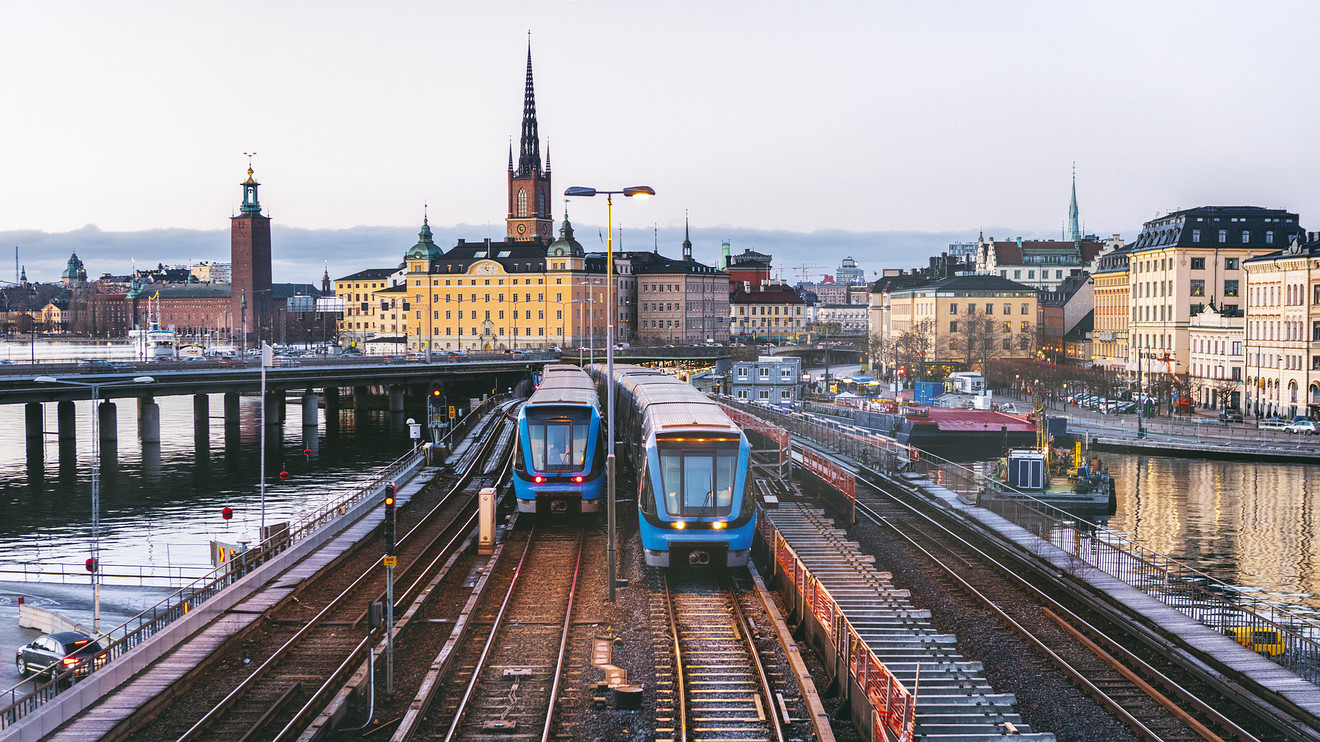
As part of sweeping pension reforms in the 1990s, Sweden made a part of its Social Security system private.
Employers and employees contribute 18.5% of workers’ salaries to the country’s pension system, but about 2.5% of that goes into a privatized investment account earmarked solely for an individual, called a “premium pension.” Employees can choose how that money is invested, and are offered a list of funds to choose from. “It could potentially lead to an increased future pension because of financial returns, and also to diversify the source of funding,” said Hervé Boulhol, senior economist of pensions and population aging at the Organisation for Economic Cooperation and Development.
Separating the pension into individual accounts was meant to garner interest and commitment to the system. Swedes receive a bright orange envelope in the mail with account statements, and the psychological effects have reportedly enticed some to work longer, The Wall Street Journal reported.
The Swedish system also requires, or encourages, workers to take time to research the funds and choose the appropriate one for their portfolios, according to Brookings. Not everyone will choose wisely.
Sweden is now in the midst of another wave of pension reform. Currently, retirees can withdraw from their pensions any time between ages 61 and 67, but under the new rules, they’ll have to be a specific age — in 2023, they’ll need to be 62, for example. By 2026, the age will be 64, and thereafter the age will be tied to life expectancy rates, said Annika Strandhall, Sweden’s Minister for Social Security. The country is also extending the right to stay in the labor market, as opposed to being forced out at 67 if the company wants (as is the case now).
And there’s still more work to be done, especially in regards to ensuring women and new parents are properly covered. “These groups feel they are not getting out from the system what they should get,” Strandhall said. “They also feel like they have lost when they changed the pension system in the ‘90s.”
Privatizing a portion of the pension system was just a small piece of the previous reform, but it is something the U.S. couldn’t do. President George W. Bush proposed privatizing Social Security in the early 2000s, arguing the system had funding issues and needed to be changed. Critics said private accounts could hinder Americans’ future retirement security, since so much of their money would be at risk if the markets were to see a downturn.
While investments are naturally risky, having a privatized account solely for individuals could safeguard them from any political risk. Defined contribution and, in rare cases, defined-benefit plans, are also available.
So far, the country has proved its system works — the Swedish pension has survived during periods of market volatility, including the Great Recession, Boulhol said. “The system proved to be resilient,” he said.











Add Comment